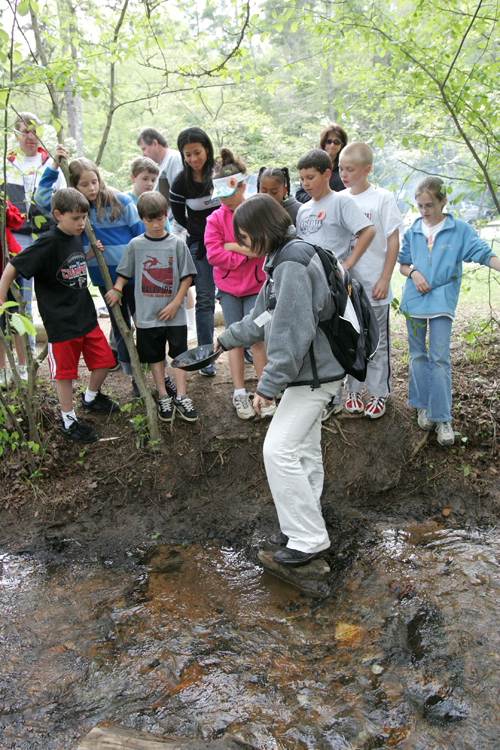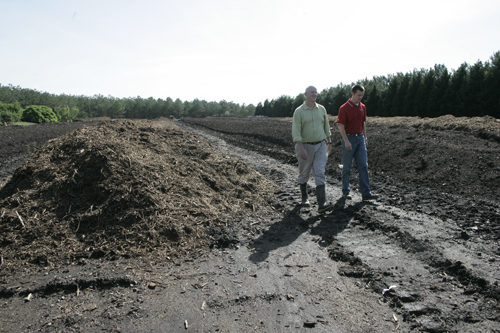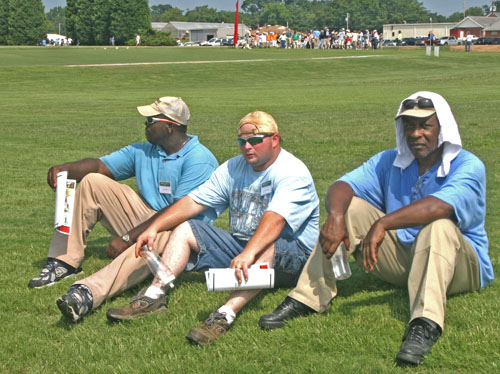April Climate Report
April continued the trend of warmer than normal months across the region. Temperatures continued to be 2 to 4 degrees above normal. Rainfall was scarce across most of the state, leading to increases in drought conditions across all but the far northwest corner of Georgia.


.jpg)

